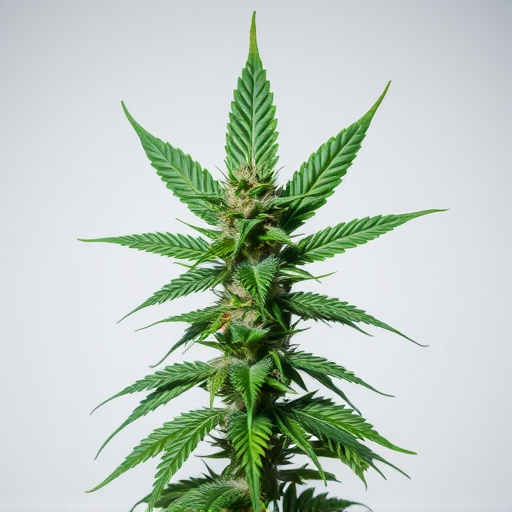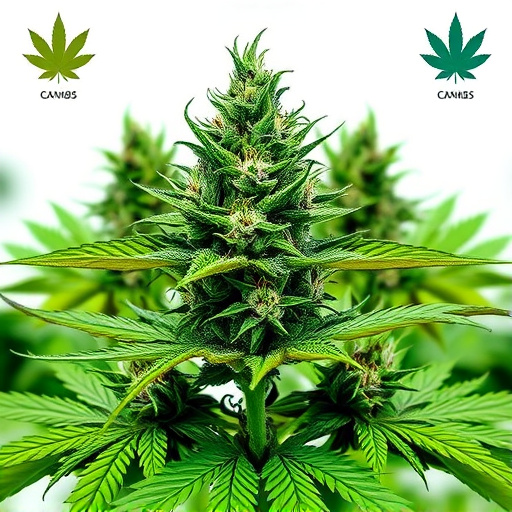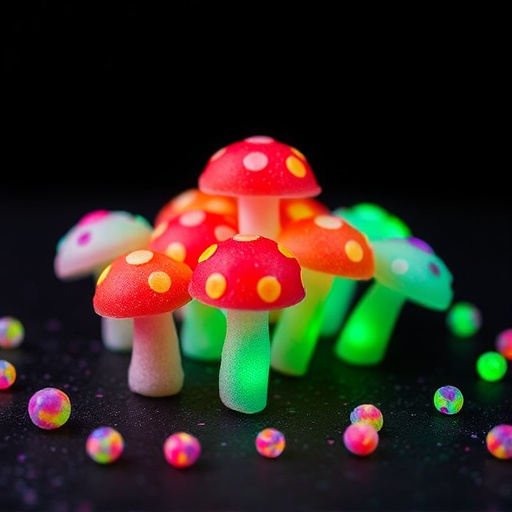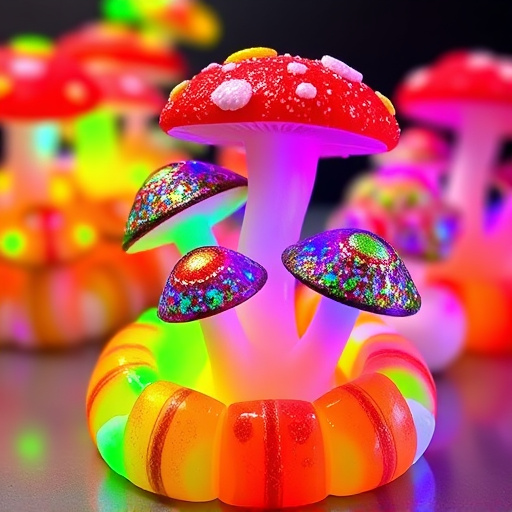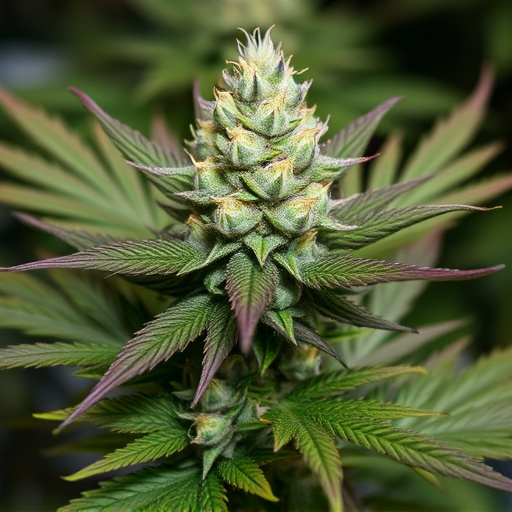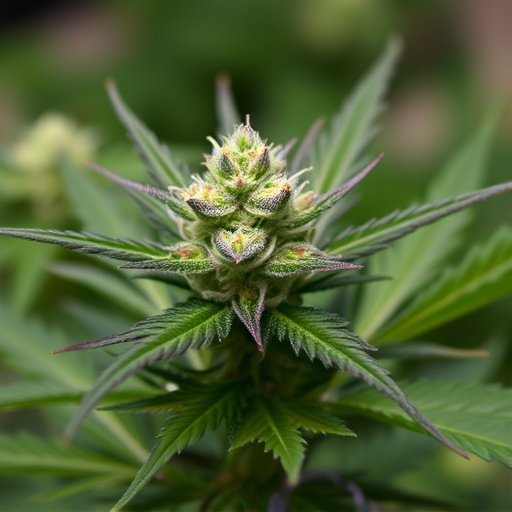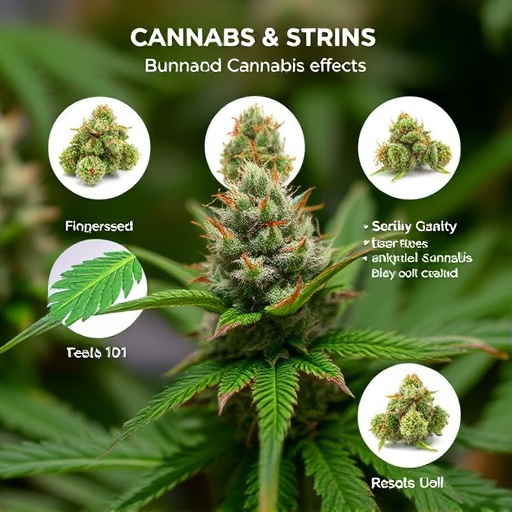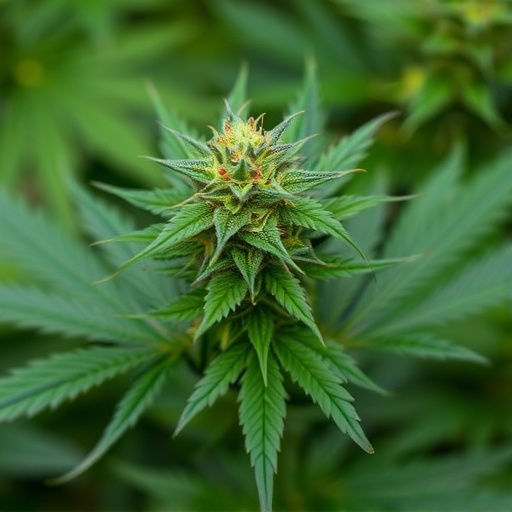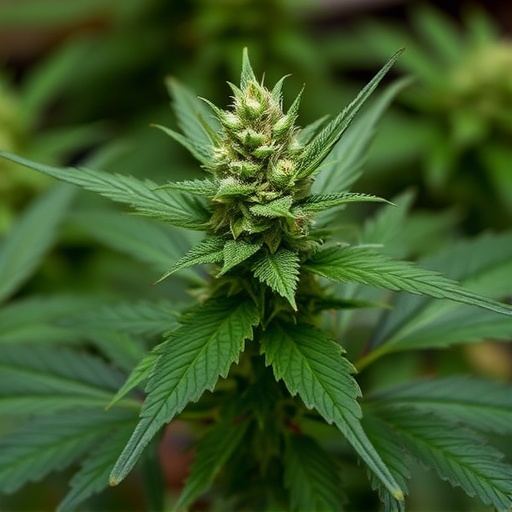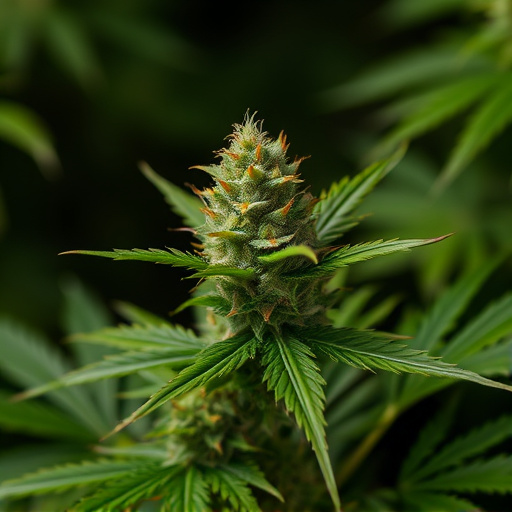Cannabis strains offer a wide range of effects catering to individual needs, from energizing Sativas for creativity to relaxing Indicas for sleep. Understanding terpenes and cannabinoids helps users make informed choices based on desired outcomes, whether it's anxiety relief or relaxation. Decarboxylation, crucial for accessing these effects, can be achieved through precise oven heating, faster microwaves, or specialized decarboxylators, ensuring effective consumption of various cannabis strains' benefits.
Unleash the full potential of your cannabis strains by understanding decarboxylation—a process that transforms raw cannabinoids into potent, bioavailable forms. This guide delves into the science behind decarboxylation, its purpose in enhancing cannabis strains’ effects, and practical steps to prepare and decarboxylate your flowers effectively. Whether you prefer oven, air, or CO2 methods, this comprehensive tutorial ensures optimal results for a seamless experience.
- Understanding Decarboxylation: The Process and Its Purpose
- Preparing Cannabis Flower for Decarboxylation
- Methods to Decarboxylate Cannabis Flower: A Comprehensive Guide
Understanding Decarboxylation: The Process and Its Purpose
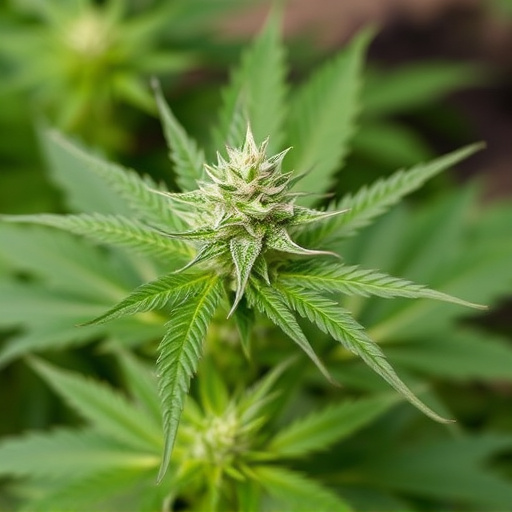
Preparing Cannabis Flower for Decarboxylation
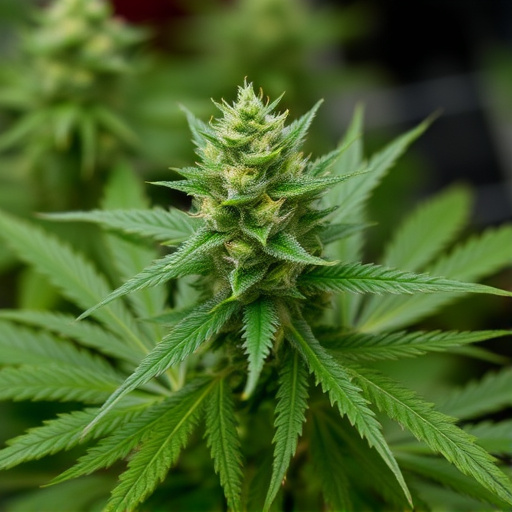
Methods to Decarboxylate Cannabis Flower: A Comprehensive Guide
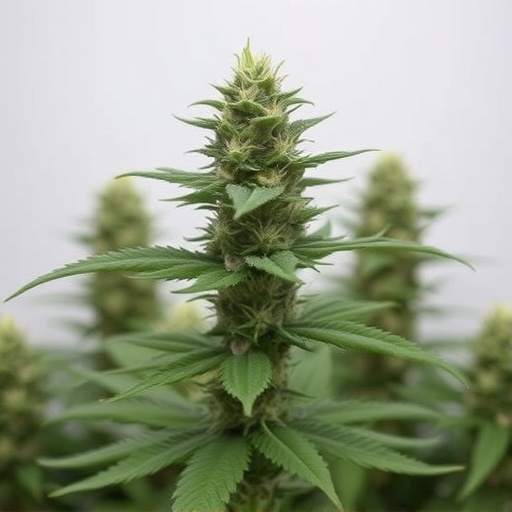
Decarboxylation is a crucial step in preparing cannabis flower for consumption, as it activates the compounds responsible for the plant’s therapeutic and psychoactive effects. This process involves heating cannabis to specific temperatures to convert raw cannabinoids like THCA (tetrahydrocannabinolic acid) into THC (tetrahydrocannabinol), the compound known for its mind-altering properties. There are several methods to achieve decarboxylation, each offering unique advantages and considerations.
One popular method is using an oven, which provides precise temperature control. Preheating the oven to a temperature range between 218°F (103°C) and 242°F (117°C) and placing cannabis flower on a baking sheet allows for gradual heating. This approach ensures even decarboxylation while minimizing the risk of burning. Another modern technique leverages the power of a microwave oven, offering a faster alternative. By using specific power settings and stirring occasionally, users can achieve similar results in a fraction of the time. Additionally, specialized cannabis decarboxylators are now available, employing advanced heating elements and digital controls to optimize the process for consistent outcomes. These methods cater to different preferences and needs, ensuring that consumers can access the desired effects of various cannabis strains effectively.
Decarboxylating cannabis flower is a key step in unlocking the full potential of its therapeutic properties and desired effects on the mind and body. By understanding the process and employing suitable methods, users can ensure they harness the benefits of specific cannabis strains effectively. This guide has provided an in-depth look at decarboxylation, from the science behind it to practical tips for preparation and various decarboxylation techniques. Now, with this knowledge, you’re equipped to enhance your cannabis experience and enjoy its unique effects.
